How to Use a Refrigerant Recovery Machine
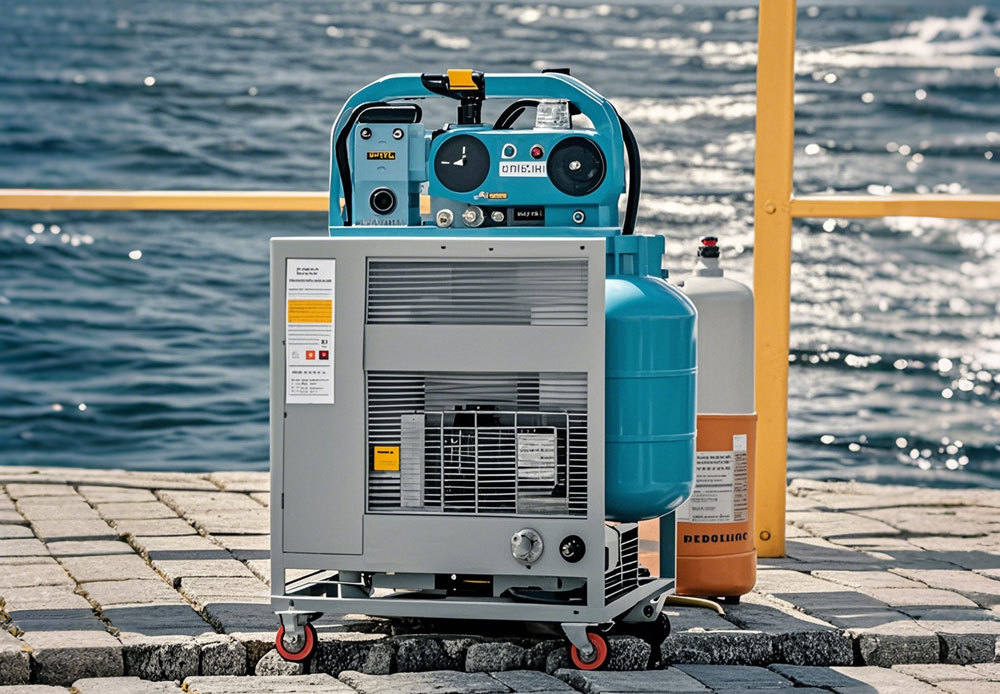
Understanding Refrigerant Recovery Machines
What Is a Refrigerant Recovery Machine?
A refrigerant recovery machine is a specialized device designed to safely remove refrigerants from cooling systems, such as air conditioners and refrigerators. By capturing and storing these gases, it prevents harmful emissions into the atmosphere. These machines are essential for HVAC professionals, ensuring compliance with environmental regulations and protecting the environment from ozone depletion and global warming.
Why Are Refrigerant Recovery Machines Important?
Refrigerant recovery machines play a critical role in minimizing environmental damage. Many refrigerants contain chemicals that, when released, can contribute to ozone depletion and increase greenhouse gas levels. Beyond their ecological importance, these machines also ensure compliance with legal standards, safeguarding businesses from hefty fines and penalties.
Types of Refrigerant Recovery Machines: Direct and Push-Pull
There are two primary types of refrigerant recovery machines:
Direct Recovery Machines: Ideal for smaller systems, they remove refrigerant in a single continuous process.
Push-Pull Recovery Machines: Designed for larger systems, these use a two-stage process, moving liquid refrigerant in one phase and vapor in another, optimizing efficiency for high-volume tasks.
Key Components of a Refrigerant Recovery Machine
Compressor: The Heart of the Machine
The compressor is the driving force behind the recovery process. It pressurizes the refrigerant, converting it into a form suitable for storage. A reliable compressor ensures consistent performance and minimizes downtime.
Recovery Tank: Where the Refrigerant Goes
The recovery tank is where the extracted refrigerant is stored. These tanks are specially designed to handle high-pressure gases safely. Proper labeling and regular inspection are essential to prevent mishaps.
Filters and Oil Separators: Keeping the System Clean
Filters and oil separators ensure the machine operates efficiently by removing contaminants and excess oil from the refrigerant. Regular maintenance of these components extends the machine’s lifespan and improves recovery quality.
Safety First: Precautions Before Using a Refrigerant Recovery Machine
Essential Personal Protective Equipment (PPE)
Always wear protective gloves, goggles, and sturdy footwear when working with refrigerants. These chemicals can cause skin burns or eye injuries upon contact.
Understanding Refrigerant Hazards and Environmental Impacts
Refrigerants can be hazardous to both humans and the environment. Exposure to high concentrations can cause health issues, while improper handling leads to environmental harm.
Compliance with EPA and Local Regulations
Familiarize yourself with local laws and EPA guidelines regarding refrigerant recovery. Compliance not only protects the environment but also keeps your operations legally sound.
Prepping Your Workspace for Refrigerant Recovery
Setting Up in a Well-Ventilated Area
Always perform refrigerant recovery in an open or well-ventilated area to avoid inhaling potentially harmful gases.
Checking for Leaks in the System
Inspect the system for leaks before starting. Use a leak detector to identify and address any issues to prevent refrigerant loss.
Tools and Equipment You’ll Need
Gather essential tools, including hoses, gauges, and a properly calibrated recovery machine. Having everything within reach streamlines the process and reduces errors.
Step-by-Step Guide to Using a Refrigerant Recovery Machine
Preparing the Recovery Machine for Operation
Start by ensuring the machine is clean and free from debris. Connect it to a power source and check for proper functionality.
Connecting the Hoses: Avoiding Cross-Contamination
Use color-coded hoses to connect the machine to the system. Secure the connections tightly to prevent leaks and ensure accurate recovery.
Opening and Closing Valves: Timing Is Everything
Follow the manufacturer’s instructions to open and close valves in the correct sequence. Improper timing can disrupt the recovery process or damage the equipment.
Starting the Machine: Monitoring Pressure Gauges
Turn on the machine and monitor the pressure gauges closely. They indicate the progress of the recovery process and alert you to any abnormalities.
Transferring the Refrigerant to the Recovery Tank
Once the refrigerant is extracted, transfer it safely to the recovery tank. Ensure the tank is not overfilled to prevent pressure-related risks.
Tips for Efficient and Effective Refrigerant Recovery
How to Choose the Right Recovery Method for Your Job
Select a recovery method based on the system size and refrigerant type. Direct methods work best for small-scale tasks, while push-pull techniques handle larger volumes.
Managing Recovery Speeds: Fast vs. Slow Recovery
Adjust the recovery speed to suit the system. While faster recovery saves time, slower speeds may be necessary for older or delicate equipment.
Preventing Overfilling in the Recovery Tank
Monitor the tank’s fill level carefully. Use a scale to weigh the tank and ensure it doesn’t exceed the manufacturer’s capacity recommendations.
Troubleshooting Common Issues with Refrigerant Recovery Machines
What to Do If the Machine Won’t Start
Check the power supply, fuse, and connections. If issues persist, consult the machine’s manual or contact technical support.
Fixing Low Suction Problems
Low suction often results from clogged filters or hose blockages. Clean or replace these components as needed.
Identifying and Resolving Error Codes
Modern machines display error codes to indicate specific problems. Refer to the manual for troubleshooting steps tailored to each code.
Maintaining Your Refrigerant Recovery Machine
Cleaning the Filters and Replacing Them Regularly
Filters should be cleaned after each use and replaced periodically to maintain optimal performance.
Inspecting Hoses and Connections for Wear and Tear
Regularly check hoses and fittings for cracks or leaks. Replace damaged parts immediately to prevent system failures.
Scheduling Annual Professional Servicing
Annual servicing by a professional ensures your machine stays in top condition and operates efficiently for years.
Upgrading Your Recovery Skills: Advanced Techniques
Push-Pull Recovery: When and How to Use It
Push-pull recovery is ideal for systems with large refrigerant volumes. Learn this technique to improve efficiency on complex jobs.
Working with Multiple Refrigerants in One Job
Handle different refrigerants carefully to avoid cross-contamination. Use separate hoses and tanks for each type.
Best Practices for Handling High-Pressure Refrigerants
High-pressure refrigerants require extra caution. Use equipment rated for high pressures and monitor gauges vigilantly.
Storing and Transporting Recovered Refrigerants
Proper Labeling of Recovery Tanks
Clearly label recovery tanks with the type and quantity of refrigerant. This ensures safe handling and compliance with regulations.
Temperature Considerations During Storage
Store tanks in a cool, dry place to prevent pressure build-up due to temperature fluctuations.
How to Safely Transport Refrigerant Tanks
Secure tanks upright in a vehicle and use proper restraints. Avoid exposing them to extreme heat or direct sunlight.
Environmental Considerations for Refrigerant Recovery
Reducing Refrigerant Emissions During Recovery
Ensure tight connections and use modern machines with low-emission technology to minimize environmental impact.
Recycling vs. Disposal: What You Need to Know
Recycle recovered refrigerants whenever possible. Disposal should only be a last resort and must follow local guidelines.
The Role of Refrigerant Recovery in Sustainability
Refrigerant recovery reduces waste and supports sustainable practices in the HVAC industry.
Conclusion: Mastering the Art of Refrigerant Recovery
Recap the steps for successful refrigerant recovery, emphasize safety and environmental care, and encourage ongoing education to stay ahead in this critical field.
Next : What Is The Best Refrigerant Recovery Machine
Must-Read Blogs For Chain Restaurants Owner








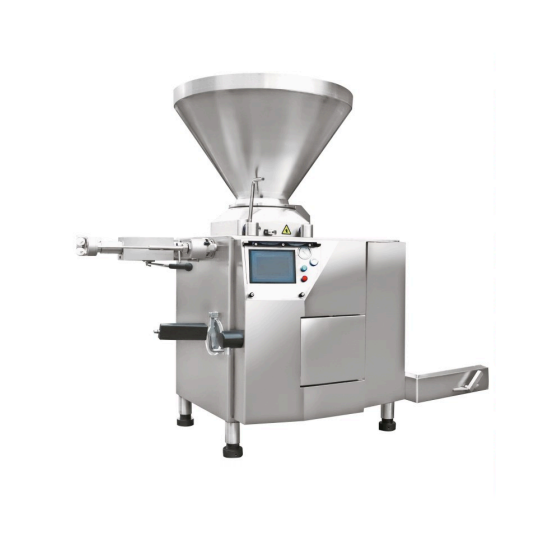
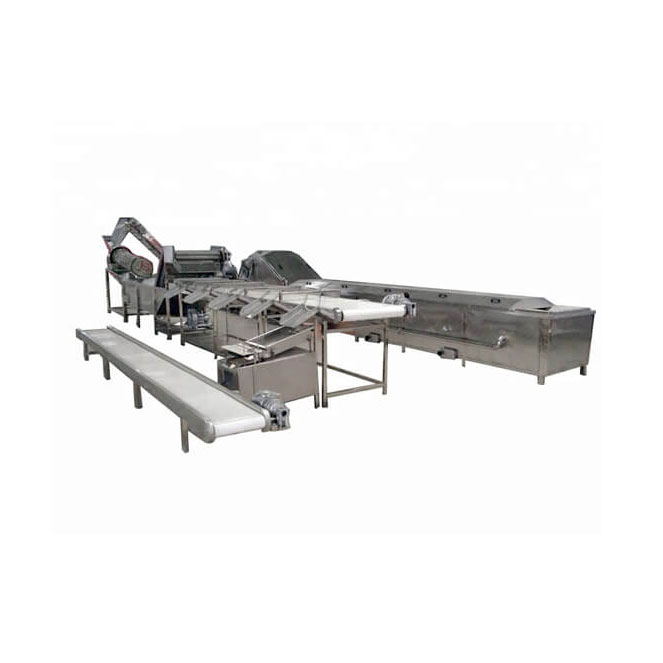
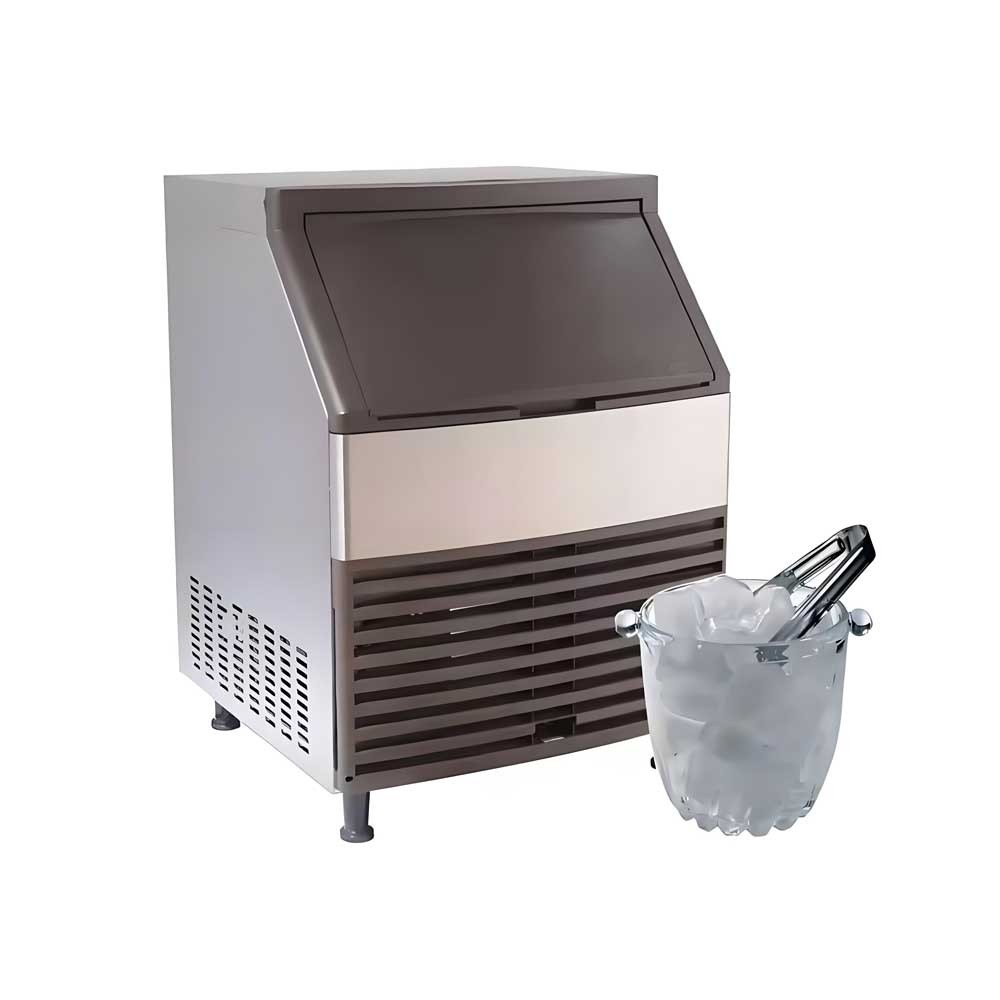
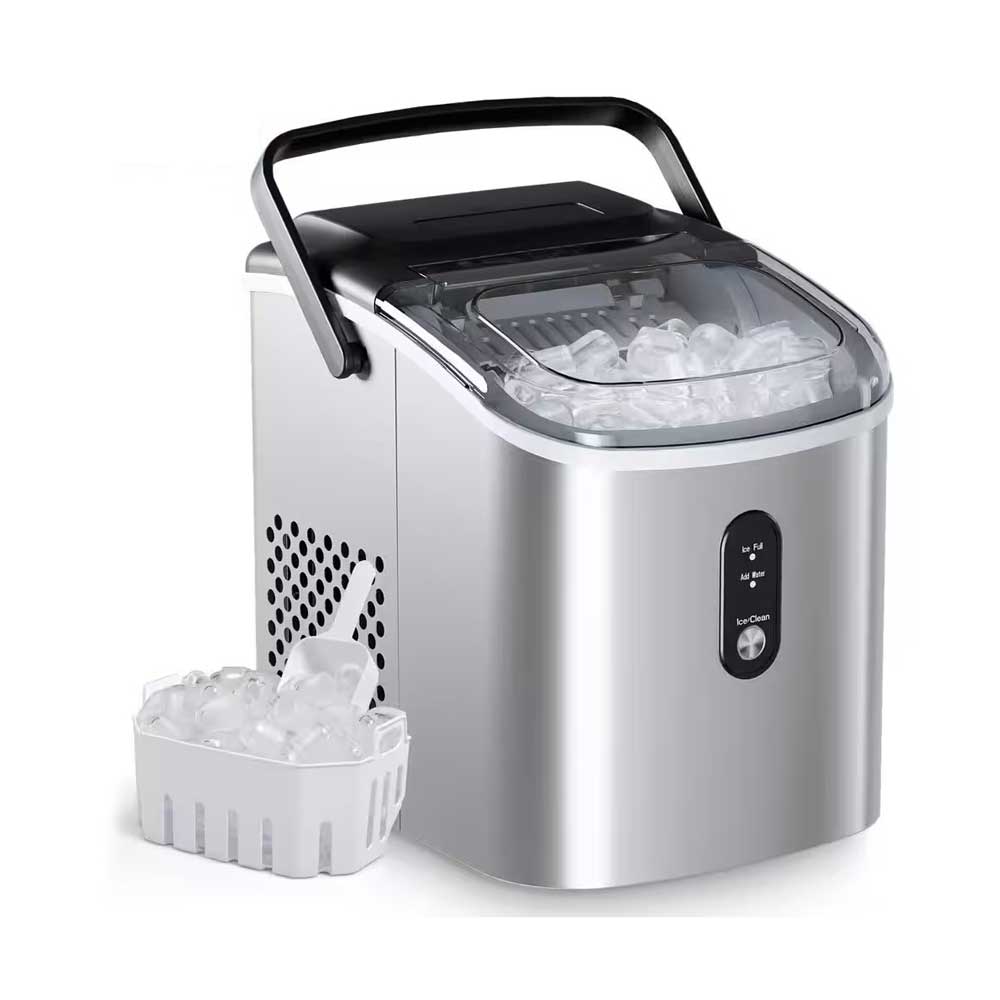 Portable Flake Ice Machine
Portable Flake Ice Machine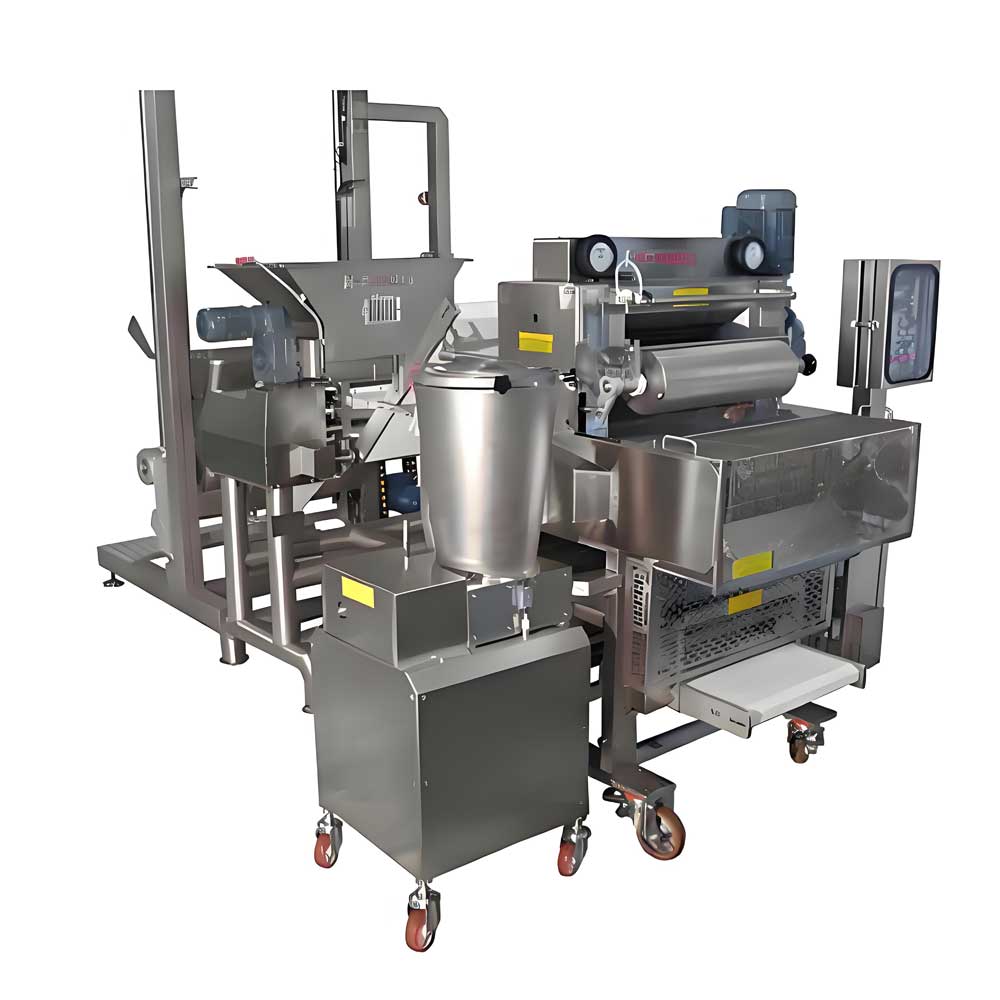 Pelmeni Making Machine
Pelmeni Making Machine
Ready to Get Started?